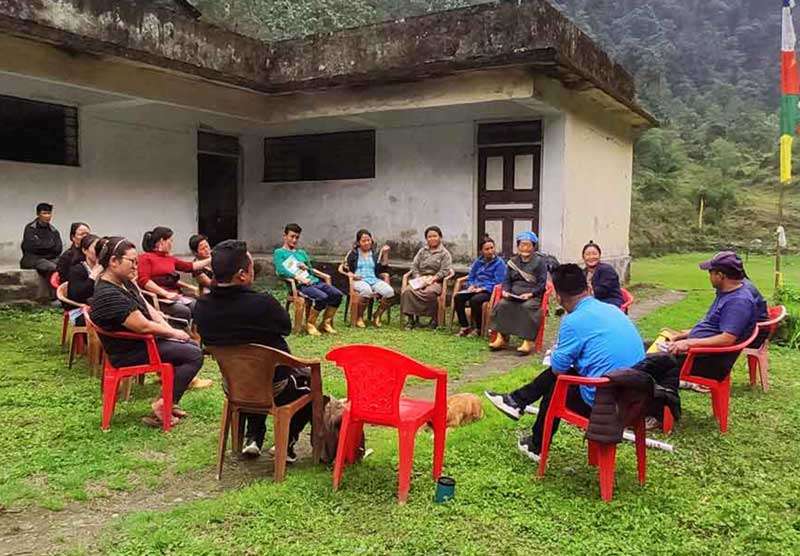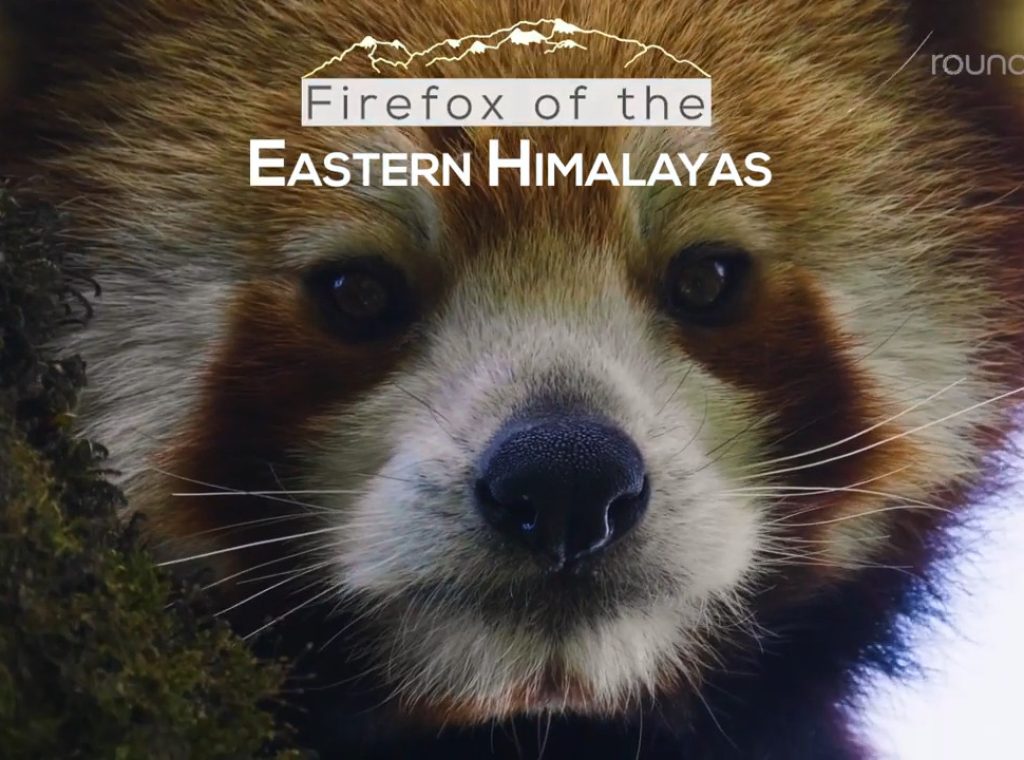Darjeeling and Kalimpong, in the Eastern Himalayas, are part of the Himalaya Biodiversity Hotspot. This biodiversity-rich landscape comprises Global 200 ecoregions, Endemic Bird Areas and Important Bird Areas. Indigenous and immigrant ethnic groups make the region culturally diverse and dynamic. Most of these communities depend on the forests and pastures for food, fibre, fodder, fuel wood, medicinal plants, wild, pollinators and climate and water regulation. Additionally, nature provides religious, spiritual, cultural and aesthetic values. For those residing downstream, these hills are a source of ecosystem products, functions and services, most importantly, their abundant water sources. Thus, nature and the well-being of the people are inextricably linked.
Through our work, we hope to develop models for sustainability in issues that are closest to the people – agriculture, water, tourism, livelihoods and forests. We are mindful of working with young people as they are the future of the landscape and next-generation environment leaders.

Place-based research and action to address local environmental challenges that impact nature and the people who live here.
Co-creating knowledge and co-designing actions with the people of the region.



